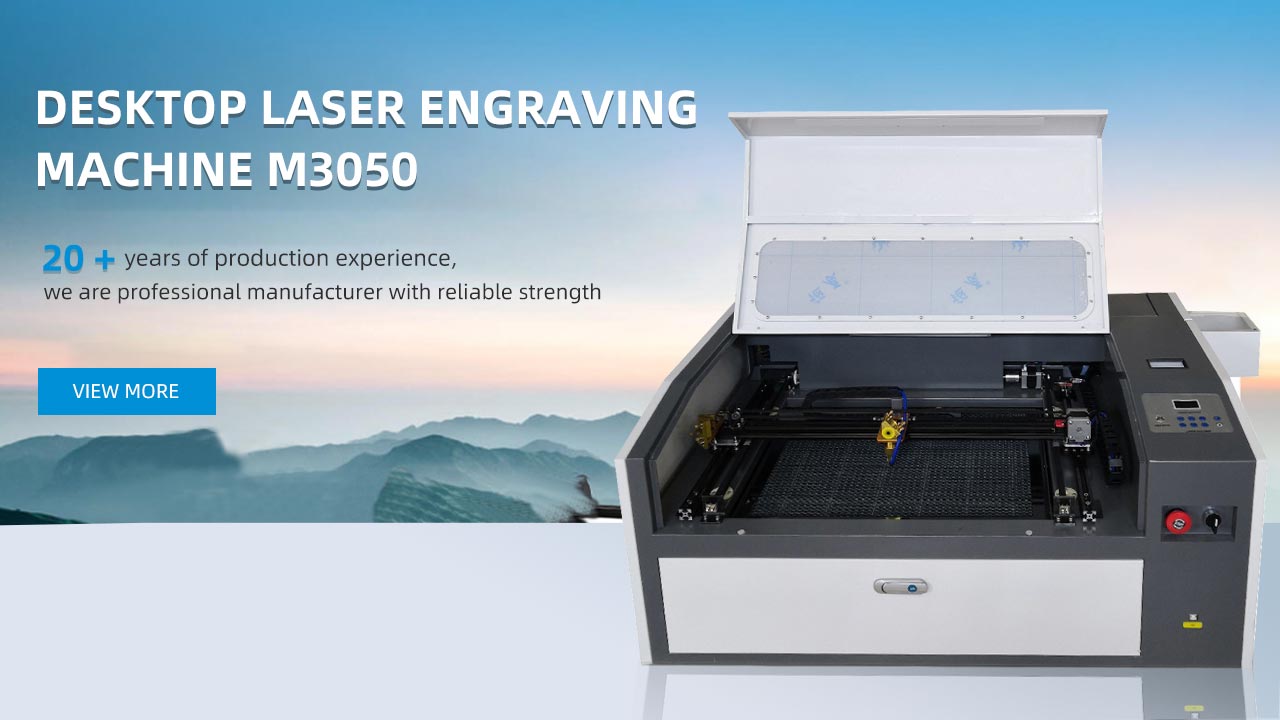The Quest for Precision: Exploring Laser Engraver DPI for Unparalleled Detail
When it comes to laser engraving, precision is key. Whether you’re creating intricate designs on wood, metal, or other materials, having unparalleled detail can make all the difference. One of the crucial factors that determine the level of detail in laser engraving is DPI (dots per inch). In this article, we’ll delve into the world of laser engraver DPI and how it affects the quality of your work.
The Basics: Understanding DPI in Laser Engraving
DPI, or dots per inch, is a measurement unit that defines how many individual laser pulses a laser engraver can produce within one inch of space. It is an indicator of how precise and detailed your laser engraving can be. The higher the DPI, the more dots or pulses the laser creates, resulting in finer detail and smoother edges.
Most laser engravers offer a range of DPI settings, typically starting from 150 DPI and going up to 1200 DPI or more. However, it’s essential to note that selecting the highest DPI doesn’t automatically guarantee exceptional results. Several factors come into play when determining the ideal DPI for your specific project.
The DPI Tradeoff: Balancing Detail and Speed
Choosing the right DPI setting for your laser engraving requires finding the perfect balance between detail and speed. Generally, higher DPI settings offer greater levels of detail, but they also result in slower engraving speeds. Consequently, higher DPI settings are well-suited for intricate designs that demand meticulous attention, while lower DPI settings are more appropriate for larger, faster engraving projects.
Keep in mind that engraving speed is inversely proportional to detail. As you increase the DPI, the laser engraver will have to slow down to ensure each dot is accurately placed. Therefore, for faster engraving times, sacrificing some level of detail might be necessary. It’s crucial to find the right balance that fits your project’s requirements.
Factors Affecting Laser Engraver DPI
While DPI plays a significant role in determining the level of detail in your laser engravings, other factors can also influence the final outcome. Here are some key factors to consider:
- Material Type: Different materials react differently to laser engraving, leading to variations in the precision of the final results. Experimentation is key to finding the optimal settings for each material.
- Focal Length: The focal length of the laser lens affects the spot size and focus of the laser beam. A shorter focal length results in a smaller spot size and greater detail, while a longer focal length provides a larger spot size suitable for more extensive engravings.
- Beam Quality: The quality of the laser beam also impacts the level of detail achievable. A well-focused, clean beam will produce crisper and more precise engravings.
By considering these factors along with DPI, you can fine-tune your laser engraver’s settings to achieve unparalleled detail in your creations.
Frequently Asked Questions
1. What is the recommended DPI for wood engraving?
For wood engraving, a DPI between 300 to 600 generally yields excellent results. However, it’s advisable to conduct tests on scrap wood or samples to ensure the desired level of detail is achieved.
2. Can I use a high DPI for engraving metals?
Engraving metals typically requires lower DPI settings due to the material’s reflective nature. It’s recommended to use DPI settings between 150 to 300 for metal engraving to avoid excessive heat buildup and potential damage.
3. How can I improve the engraving quality?
To improve engraving quality, ensure that your laser engraver is properly calibrated and clean. Regular maintenance and cleaning of the lens, mirrors, and focusing optics will help maintain optimal performance and achieve better results.
In conclusion, DPI is a critical consideration when aiming for unparalleled detail in laser engraving projects. By finding the right balance between detail and speed, understanding the factors that affect DPI, and considering the material type, focal length, and beam quality, you can achieve exceptional precision in your laser engravings. Experimentation, testing, and continuous refinement of settings will ultimately lead to outstanding results, leaving a lasting impression on your creations.





